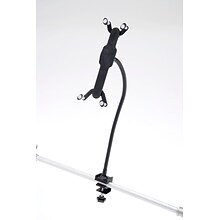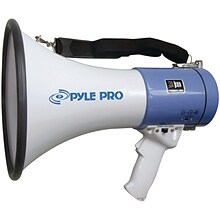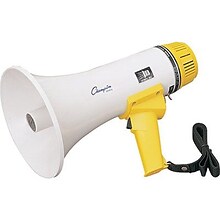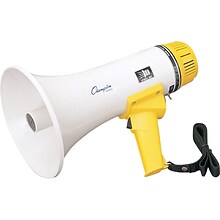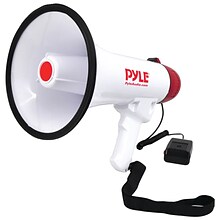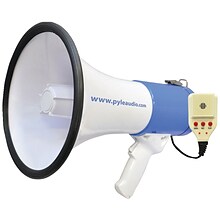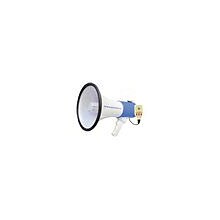Shop PA Systems & Accessories
(6 Products)Types of PA systems
There are a few types of audio equipment to amplify sound. Permanent or fixed options are ideal for locations that use the systems regularly, such as churches or theaters. It's possible to hide the amplifiers and speakers as well as guarantee placement in the best spot for perfect acoustics. Portable choices include lectern PA systems that include the lecterns to talk from, which are perfect for tucking away PA system accessories and equipment from viewers' eyes but keeping items within easy reach for the announcer. Another potable option is audio racks and stands that hold equipment on sturdy wheeled shelves.
Wireless selections are useful to people who wish to walk around and interact with guests. These include handheld microphones, headsets, or tiny microphones that attach to shirt collars. These wireless products connect to transmitters on PA amplifiers, which can be large for more wattage power or small enough to carry on waistbands.
Megaphones as PA systems
A megaphone is a handheld device that is like a giant amplifier, thanks to the funnel shape. Use one to announce information to a large crowd without the need for a full PA system. There are many extra features to help control a rowdy crowd including:
- Megaphone with siren: Produces a loud, screaming sound that people can’t miss and it's useful to get the crowd’s attention
- Voice recorder: Allows users to record a short amount of speech and replay it repeatedly to rest the vocal cords
- Volume control: Lets people speak quieter or louder depending on the situation
- Built-in microphones: Sound comes through the funnel without speaking into the megaphone itself
- Built-in USB port: Hooks the megaphone to a computer to play audio or music loudly
Understanding wattage in PA system accessories
Wattage determines how loud the sound from the speakers can get. The higher the wattage number the louder the sound. An easy way to decide how many watts are necessary for the PA system is to count the number of potential guests for an event. It's generally 1 watt per person, so a space that holds 500 people needs 500 watts. You can split this between speakers, so a room could have two 250-watt devices. Outdoor events with large open areas and indoor gatherings with heavy furnishings that absorb sound need more wattage, while smaller rooms without decorations can handle less.
